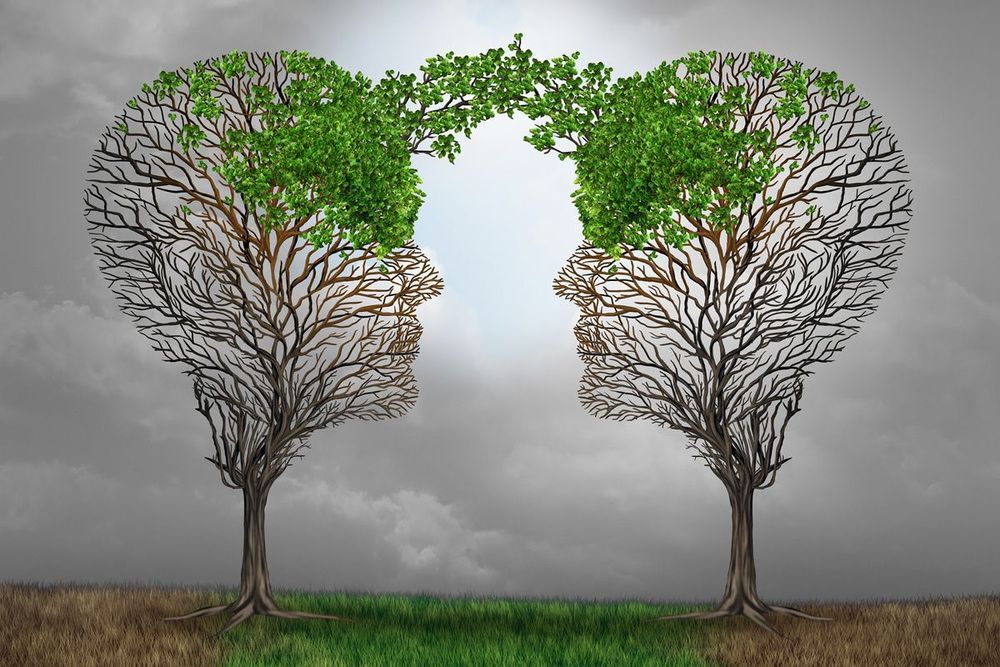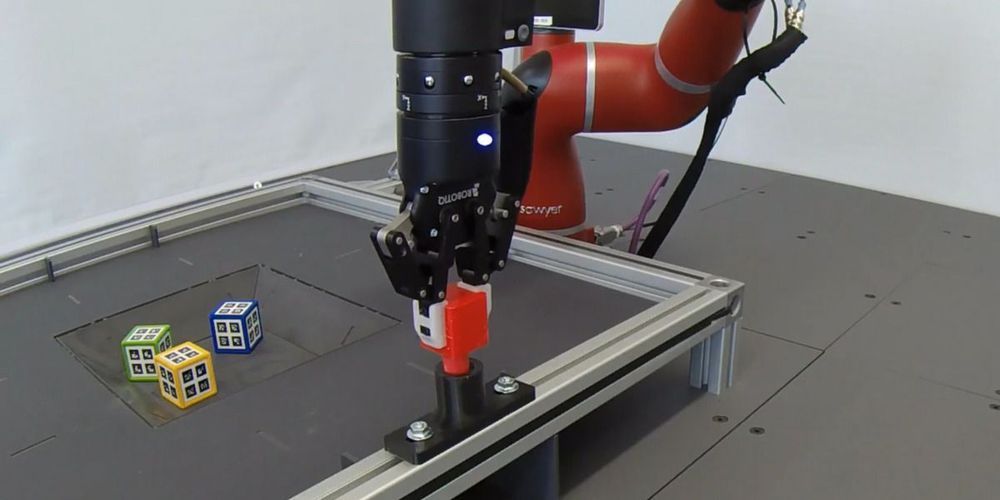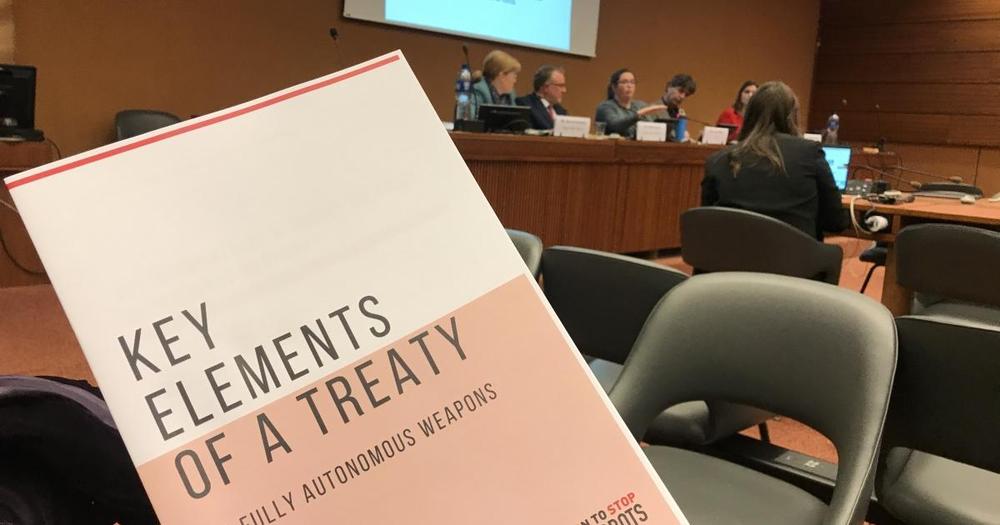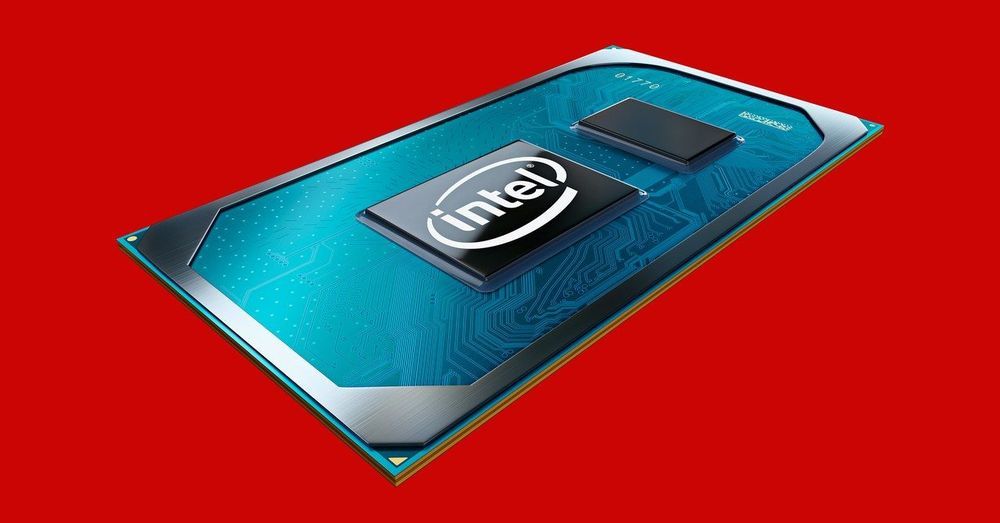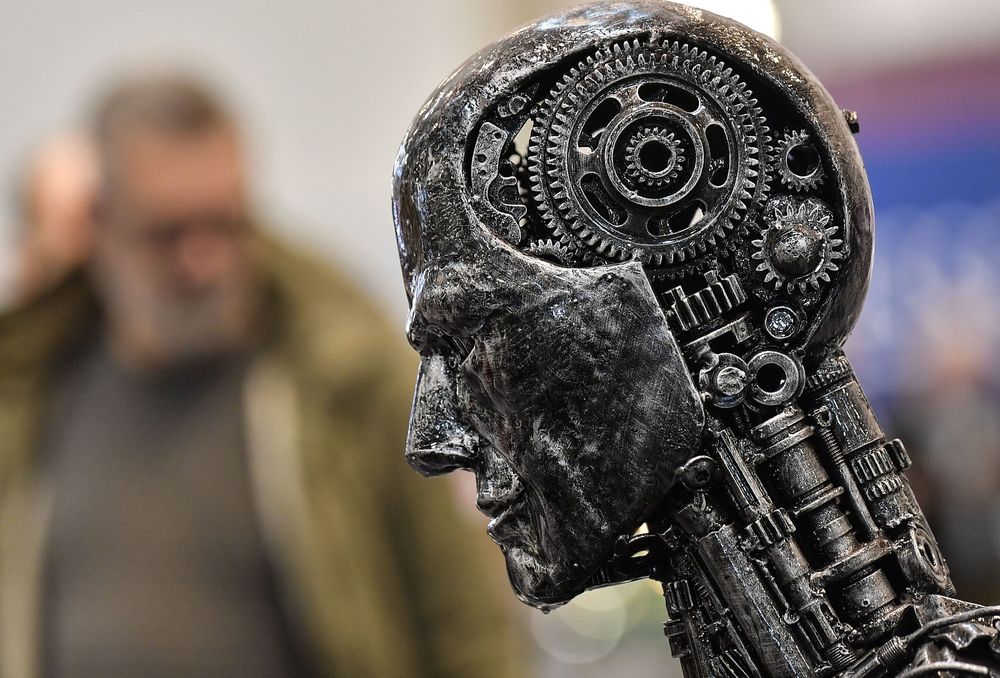Combining Maxar’s capabilities in robotics, spacecraft and space systems operations creates the opportunity to deploy and maintain revolutionary new space architectures. Since the dawn of space exploration, pioneers in the field envisioned sustainable space stations enabled by in-space assembly, manufacturing and servicing. Wernher Von Braun conducted a detailed study in 1945 that defined the deployment and construction of the rotating wheel space station. The design included maintaining artificial gravity and oxygen levels. Today, NASA has led the construction and continuous operation of the International Space Station for over 20 years, demonstrating the technical feasibility of large-scale in-space assembly and servicing.
Recently, Maxar has been working with NASA on concepts for both human-tended and uncrewed sustainable space platforms. These in-space assembled structures provide basic functions and a modular interface for new and evolving payloads and missions. The lunar orbiting Gateway will be one such platform where the Maxar-developed Power and Propulsion Element will provide the foundation of power, maneuvering, communications systems and initial docking capabilities. Additional Gateway segments will plug-in to the Power and Propulsion Element to make use of these systems. The versatility of the Power and Propulsion Element also allows it to be refueled in orbit, and we are working with NASA to conceive the architecture that could resupply the Gateway with fuel and other essentials.
Another concept we’ve been developing with NASA is an uncrewed “science station” that is constructed in sun synchronous LEO orbit and features science instruments that are robotically installed, upgraded, and replaced over time. This allows for co-location of science instruments, which is often desired or necessary, while eliminating the need to budget for, develop, integrate and launch all the payloads simultaneously on a single launch.
